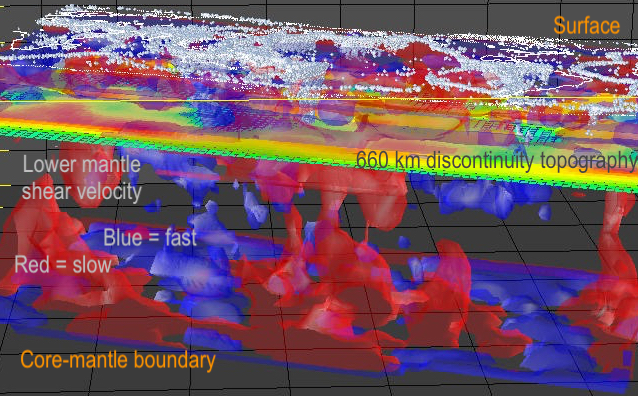Dr. Christine
Houser
Earth Scientist
Researching the origins of our planet and its capacity to host life has taught me that life emerges where water meets rock.
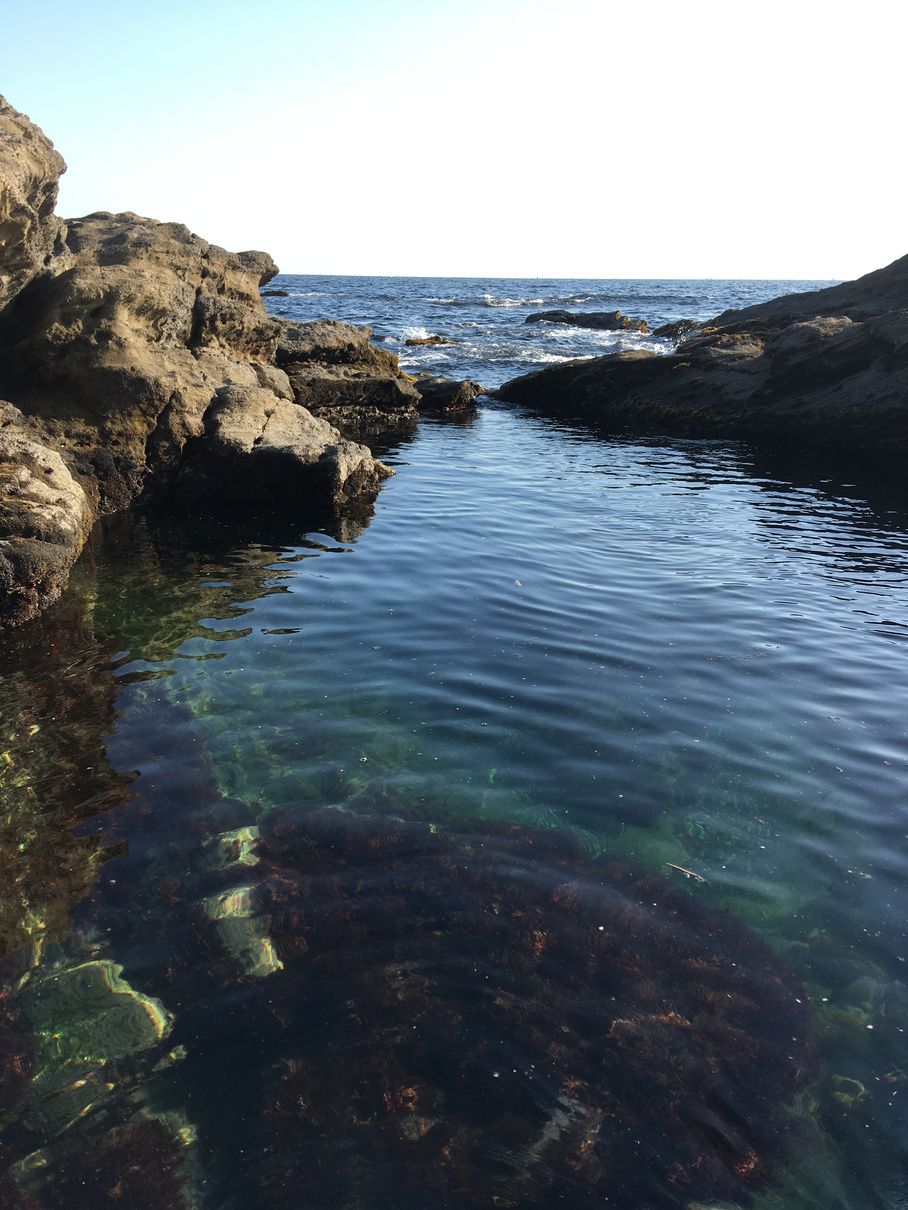

I have measured the arrival times of waves generated by earthquake to create maps 3D maps of Earth's interior and seismic reflections to identify traces of water stored in minerals deep within our planet.
I aim to use my quantitative skills and ability to work through problems at planetary scales to research challenges that face Japan and the world as countries attempt to reduce dependence on fossil fuels.
2014-2023 Project assistant professor
Tokyo institute of technology, Earth-life science institute
2013-2014 Research scientist
Tokyo institute of technology, Earth-life science institute
2005-2013 Project scientist
University of california santa cruz, Earth and planetary science department
1999-2005 Ph.D. Earth science
university of california san diego, scripps institute of oceanography, institute of geophysics and planetary physics
1995-1999 B.A. Geophysics
Rice university, Houston, texas, Usa
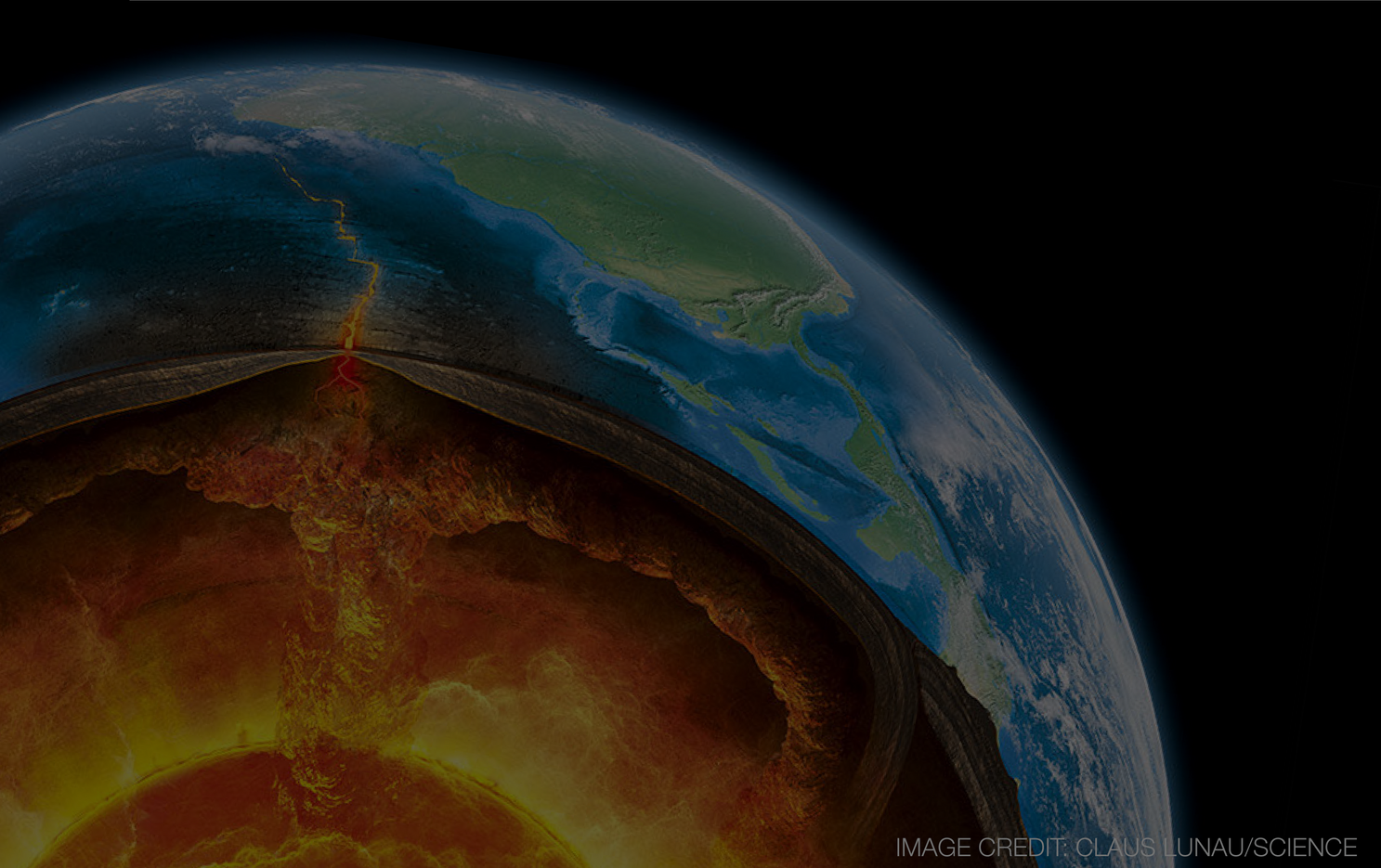
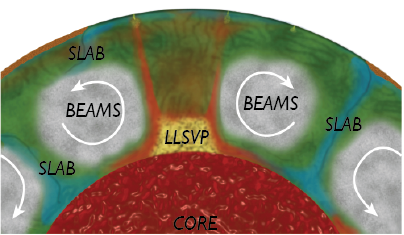
Earth Evolution
I connect the history of plate tectonics at the surface to the processes deep within the planet.
Bridgmanite enriched ancient mantle structures
(BEAMS)
In Ballmer et al., Nature Geoscience, 2017, we describe how plate tectonics operates in 3D from the surface to the core-mantle boundary.
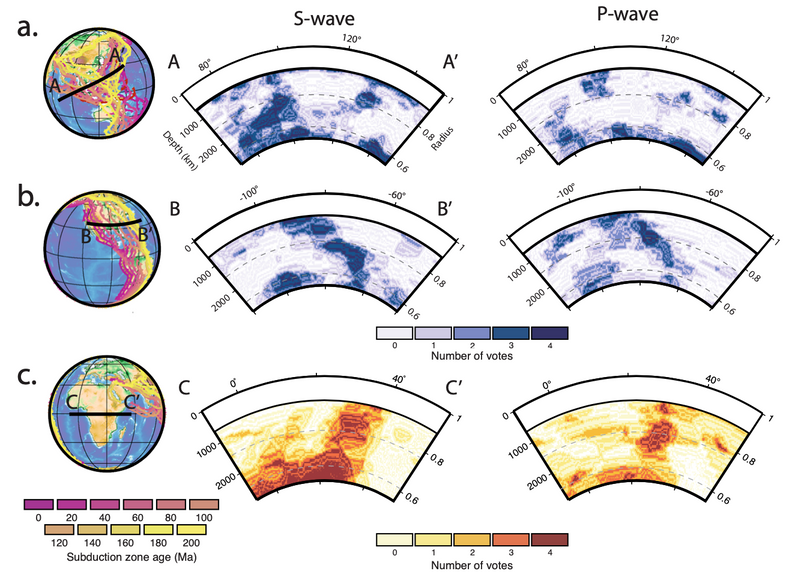
Iron electrons make slabs disappear
In Shephard et al., 2021, Nature Communications, we detect the signal of the iron spin transition in subducting oceanic plates in the mid-mantle, confirming the concentration of magnesium and iron rich minerals in these regions.
Nitrogen cycle
In Kurokawa et al., 2022, G-cubed, we developed models to test whether mantle nitrogen is an ancient remnant of planet formation or stored over time during subduction. Our results indicate that nitrogen collects in the mantle over time, but more details from the rock record are necessary.
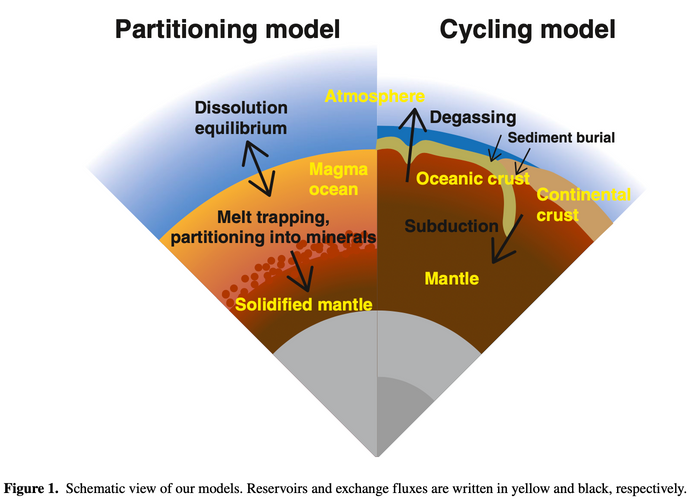
Deep Water Cycle
Water, hydrogen, nitrogen, and other molecules are liquids or gases at the surface, but can be stored in rock deep in the Earth under high pressures. I use seismic signals to map out where and how much water resides in the mantle today. My results indicate that the mantle is generally dry with most water returning to the surface after subduction through volcanic islands such as those that form Japan.
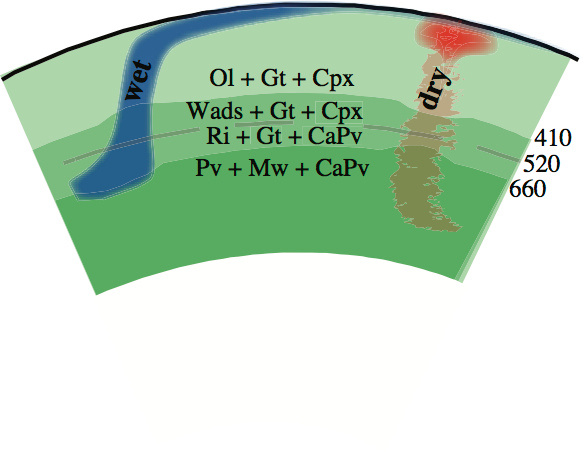
Water trapped in the mantle transition zone
In Houser, 2016, Earth and Planetary Science Letters, I combine reflections of seismic waves and velocities to examine the dominant minerals in the mantle transition zone (between 400-700 km depth) for the presence of water. I find little evidence for the seismic signals that would indicate the presence of water in this region.
3D Imaging of the Earth
I measure and analyze seismic waves to identify regions that are faster and slower than the average mantle. These patterns reveal ancient subduction and channels of heat deep within our planet.
Large uncorrelated modulus structures (LUMPS)
ELSI graduate student Jun Su in Su et al., 2023, Geophysical Journal International developed a new way to compare shear and compressional velocity that reveals uncorrelated wavespeeds extend further across the core-mantle boundary region than previously recognized.

Collaboration
I thrive in collaborative networks and teams within Japan and across the globe.

2015-2020
Member of multi-institutional project funded by the JSPS.

2016-2020
Book published in IOP describing rocky planet formation and evolution.

A WPI Institute founded to discover how planets make life. I have worked for over a decade with the world's most engaging researchers to connect planetary processes across vastness of space and time.
